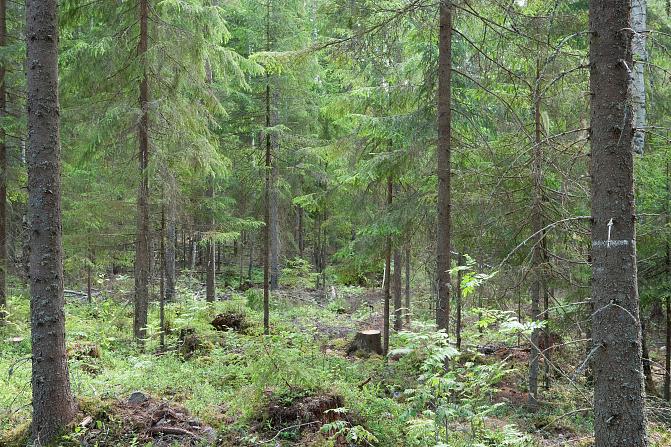SDG 15: Protect, restore and promote sustainable use of terrestrial ecosystems, sustainably manage forests, combat desertification, and halt and reverse land degradation and halt biodiversity loss (2023)
New methods are required in agriculture and forestry that simultaneously take into account soil carbon sequestration and productivity, biodiversity and the financial profitability of operations.
Sustainable coordination between these elements requires up-to-date scientific knowledge, reliable assessments of financial impact, an understanding of practical prerequisites, and social acceptability. We use a broad range of scientific methodologies to develop solutions that help coordinate these challenging goals.
On 22 June 2022, the European Commission published its proposal for the Nature Restoration Law, a regulation on improving the state of nature. Its goal is to improve the state of nature extensively in different environments, both inside and outside nature reserves. We have produced information about the impact of the Nature Restoration Law on Finland’s natural resources sector and participated actively in public debate. In January 2023, we published a report on the impact of the nature and peatland goals set in the Nature Restoration Law in Finland. The webinar held regarding the theme attracted almost a thousand interested participants.
The examples of our activities to promote the SDG are related to sustainable forest management methods, increasing the adaptability of forests, and protecting biodiversity. Carbon sinks in forests could be strengthened by changing forestry methods. Mixed forests and diversifying forest management in general offer good opportunities for the use and management of forests based on multiple goals and help reduce pest risks and other impact of climate change. Examples of the protection of biodiversity include the policy brief on diverse farming and links between finances and diversity.
Policy briefs: 3 in 2023
Total number of articles: 142 in 2023
Proportion of open access articles: 83%




